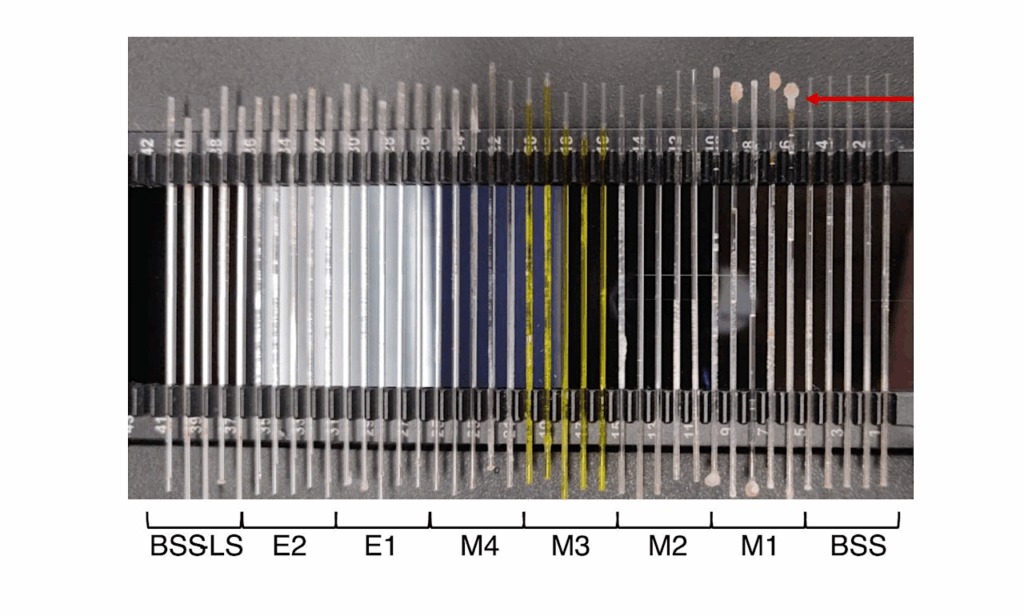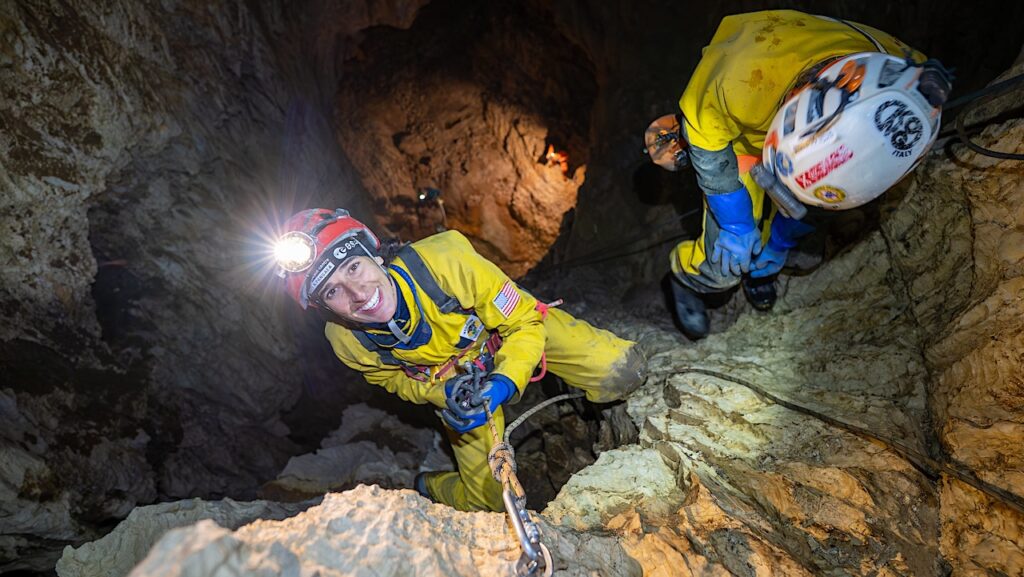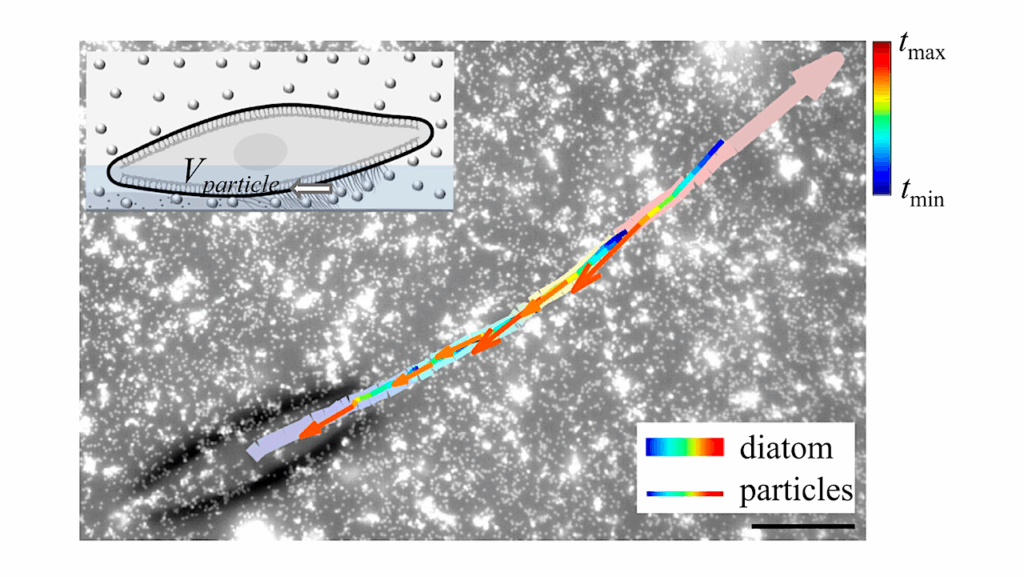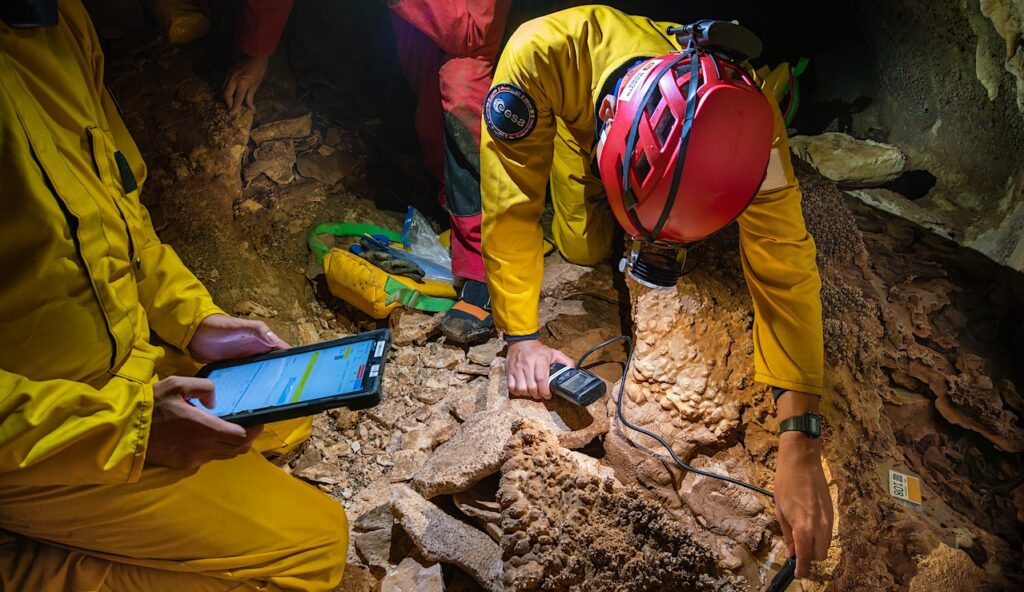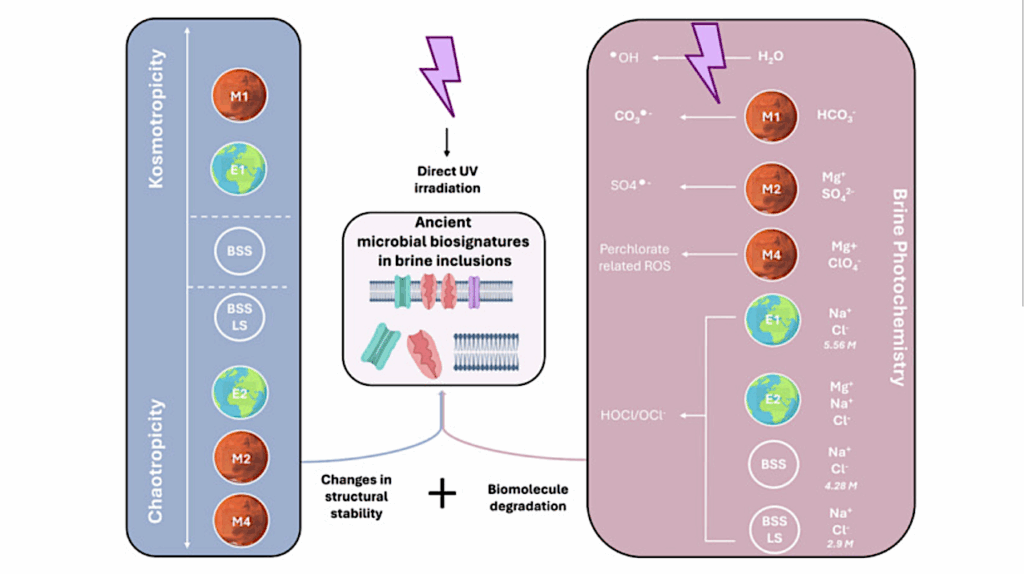ESA Away Team Training: Underground Microbiology
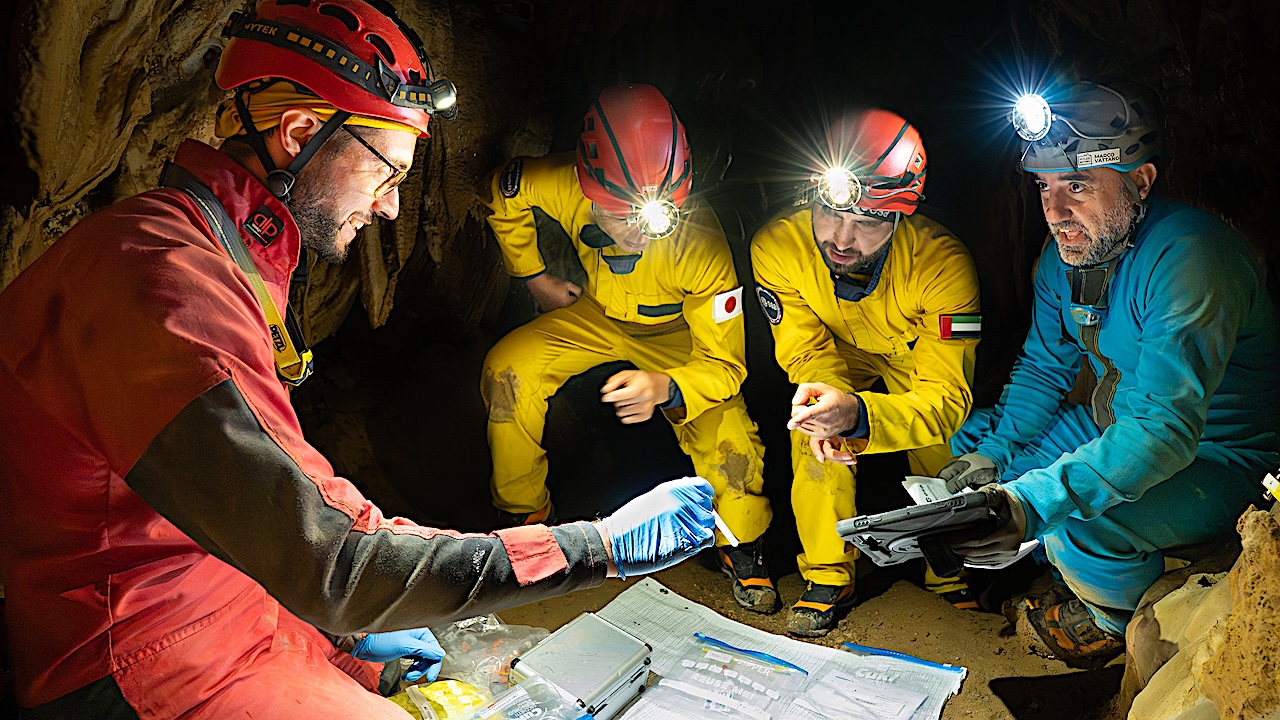
Credits: ESA / V. Crobu Larger image
Ettore Lopo and Marco Vattano, the science team of ESA CAVES 2025 course, explain the latest details of microbiological analyses to astronauts Mohammad AlMulla (MBRSC) and Makoto Suwa (JAXA).
Astrobiology,


